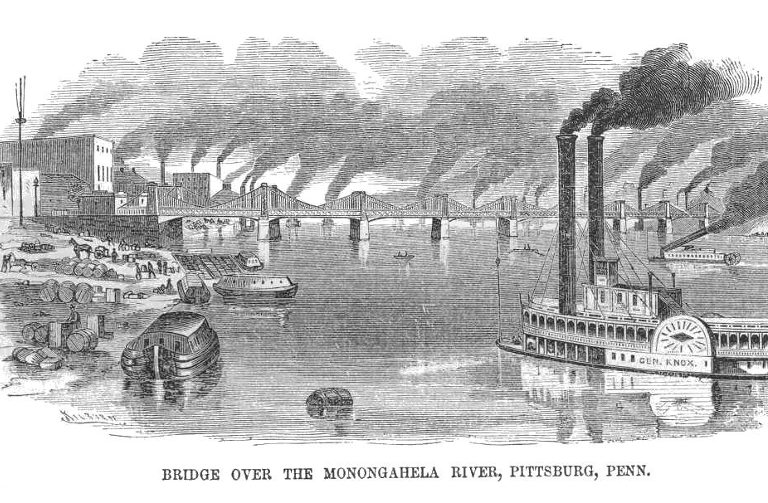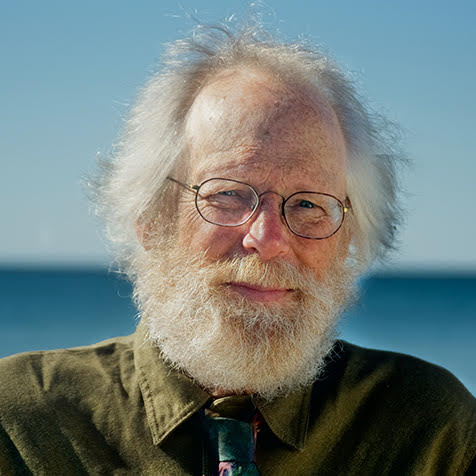“The population of the earth has increased more than sevenfold since 1850 – from one billion to seven and a half billion – primarily because of science and technology,” Richard Rhodes concludes at the end of his new book Energy: A Human History. “Far from threatening civilization, science, technology, and the prosperity they create will sustain us as well in the centuries to come.”1
 Rhodes tells an engaging tale of energy transitions over some 500 years. Yet the limitations in his field of view become critical in the book’s concluding chapter, when he reveals which particular axe he is especially eager to grind.
Rhodes tells an engaging tale of energy transitions over some 500 years. Yet the limitations in his field of view become critical in the book’s concluding chapter, when he reveals which particular axe he is especially eager to grind.
Both the title of the book and its timing invite comparison with Vaclav Smil’s 2017 work Energy and Civilization: A History (reviewed here). There is a significant overlap, most notably in both author’s views that major energy transitions – from wood to coal, from coal to petroleum – have been multi-generational processes.
But Rhodes’ scope is far narrower, both in time and in geography.
Rhodes begins his story in sixteenth-century England. His cast of characters is overwhelmingly Anglo-American and male, with a sprinkling of western Europeans, and only a brief excursion outside of “western civilization” to discuss oil exploration in Saudi Arabia.
Smil, by contrast, starts his book in pre-history, with an erudite discussion of the energy implications of human evolution. He follows with more than 200 pages on developments in energy usage from ancient times to the Middle Ages, in Africa, India, China, Europe, and Mesoamerica.
Smil’s readers, then, arrive at his discussion of the industrial revolution and the fossil fuel era with an understanding that millennia of progressive developments, around the world, had gone into the technologies and social organizations available to sixteenth-century Englishmen.
The unspoken implication in Rhodes’ tale is that the men of the Royal Society of London started with a blank slate, and all our current technological marvels are due wholly to the magnificence of their particular current in science.
One question that never arises in Rhodes’ book is, how did it happen that a class of educated men had the time and resources to ponder theories, conduct long series of experiments, and write and discuss their essays? There is no mention that during these same centuries, the countries of western Europe were drawing vast quantities of basic resources from Africa and the Americas, at the cost of millions of lives.
In short, this is a woefully incomplete history of energy. But within those limitations, Rhodes writes engagingly and with admirable clarity.
A thermodynamic page-turner
For anyone interested in basic issues of physics and technology, the progression from scattered awareness of curious phenomena, to testable theories, to technologies that were applied on a mass scale and changed everyday life, makes a fascinating story. For example, observations of static electricity from a cat’s hair, frightening strikes of lightning, and the effects of magnets eventually grew into a comprehensive theory of electromagnetism. Rhodes ably outlines how this led through development of crude batteries, then to simple generators, and eventually to the construction of a massive generator harnessing some of the power of Niagara Falls for a new phase of the Industrial Revolution.
Likewise, his discussion of the long gestation of the coal-fired steam engine – which depended on an understanding of basic issues of thermodynamics as well as refinements in metal-working needed for the construction of high-quality boilers – illuminates important factors in the birth of the fossil-fuel era.
An excellent section on early oil drilling and refining processes leads to a fascinating aside: the profitable introduction of lead as a performance-enhancing additive to gasoline, notwithstanding severe health effects which were noticed and decried at the earliest stages of the leaded gas era.
Credit where credit is due
The social effects of these developments in basic and applied science have been sweeping and many of them have been salutary. It would be foolish to deny that science has played a major role in increasing life expectancy and making rapid population growth possible.
Yet many historians would argue that social and political factors such as labour rights and the push for universal education have been equally important.
Of most direct importance to Rhodes’ subject, it is clear that science was critical in helping us understand principles of thermodynamics and helping us harness the power in both fossil fuels and and renewable resources. But science has not decreed that, once having learned to extract and consume fossil fuels, we should use up these resources as fast as humanly possible. That trend, rather, is due to an economic system that requires profits to increase continuously and exponentially.
Likewise, science taught us how to use the fossil fuel resources which have helped boost our population seven-fold in the past 170 years. But science did not create those resources, which were cooking in the earth’s cavities for millions of years before the first protohuman scientist conducted the first experiment.
If, following Rhodes’ thinking, we give science the whole credit for making a population explosion possible, we should also credit science with blowing through millions of years of accumulated energy resources in just a few hundred years. We should give science credit for the fact that billions of people live in areas already being severely impacted by climate change caused by fossil fuel emissions (even though those people typically have used minimal quantities of fossil fuel themselves.) And we should ask, why can’t science come up with a cost- and time-effective way of replacing all those fossil fuels, so that all 7 billion of us plus our more numerous descendants can keep on living the high-energy lifestyle to which (some of) us are accustomed?
Ah, but science has already found a big part of the next answer, Rhodes might answer: nuclear power.
The questions raised by Rhodes’ concluding sections on nuclear power are complex, and we’ll dive into those issues in the next installment.
Illustration at top: “Bridge over the Mongahela River, Pittsburg, Penn.” from the Feb 21, 1857 edition of Ballou’s Pictorial, accessed via Wikimedia Commons
1Energy: A Human History, page 343






